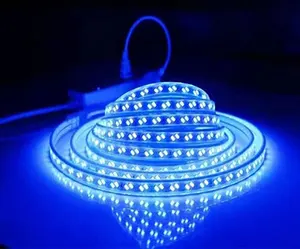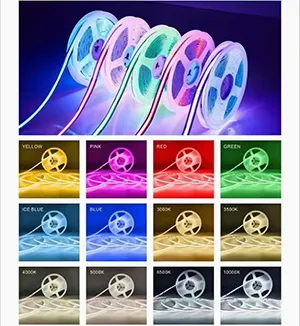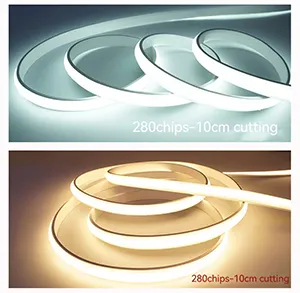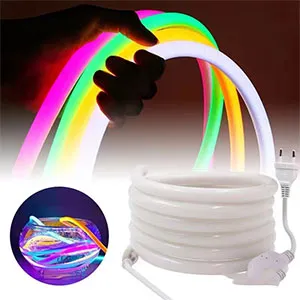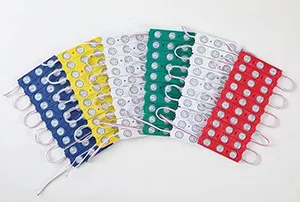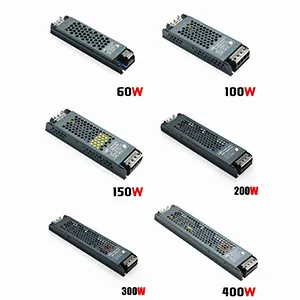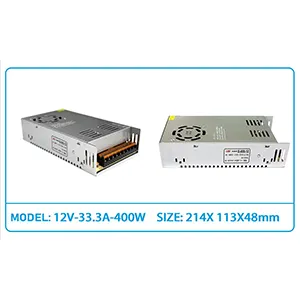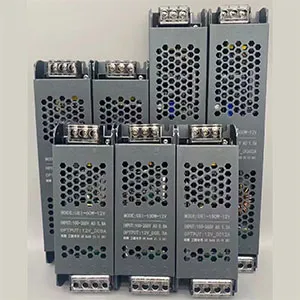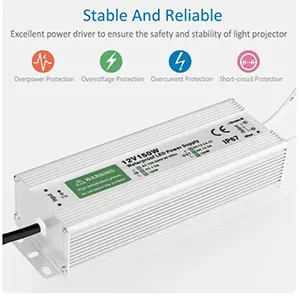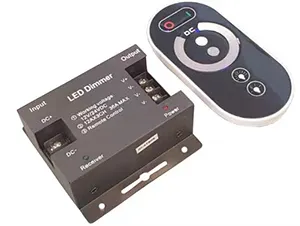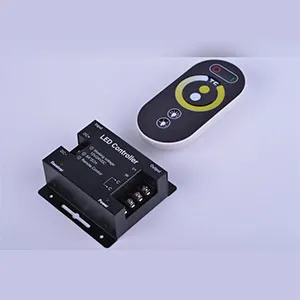How Long Do LED Power Supplies Typically Last?
Identifying Signs of a Failing LED Power Supply
When it comes to maintaining the efficiency and longevity of LED lighting systems, understanding the health of your LED power supply is crucial. A failing power supply can lead to suboptimal performance and increased maintenance costs. Here, we’ll discuss the definitive signs that indicate a power supply might be on its last legs.
1. Dimming or Flickering Lights
One of the most apparent signs of a power supply issue is when the LEDs start to dim or flicker intermittently. Unlike incandescent bulbs, LEDs should provide a consistent light output. If you notice fluctuations in brightness, it’s often due to the power supply struggling to maintain the required voltage output. Typically, LED lights are designed to handle a specific voltage range (often 12-24 volts). If the output falls outside this range due to power supply failure, flickering or dimming occurs.
2. Unusual Noise
A healthy LED power supply operates silently. If you start hearing buzzing or humming sounds from your power supply, take it as a red flag. These sounds usually stem from electrical components within the unit that are either loose or failing. For instance, transformers or capacitors might emit noise when they are not functioning correctly, which often precedes a complete failure.
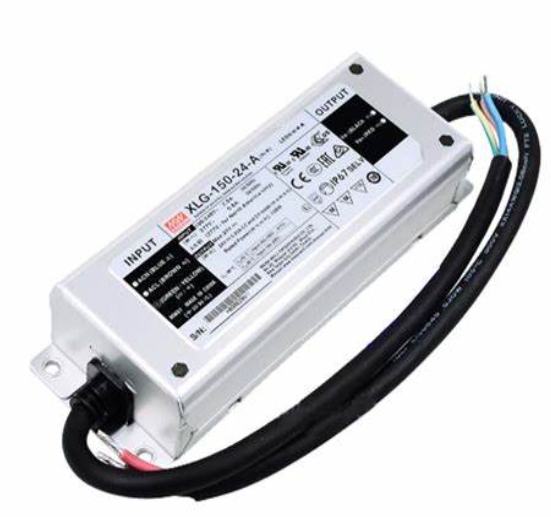
3. Overheating
Power supplies are designed to handle heat to some extent; however, excessive heat indicates a serious issue. If the unit feels hot to the touch, it could mean that the internal components are working harder than they should, potentially due to age or internal damage. Overheating can accelerate wear and tear, leading to a shortened lifespan of the power supply.
4. Visible Damage or Smell of Burning
Take a close look at your power supply periodically. Signs like scorch marks, melted cables, or a burnt smell are direct indicators of a critical problem. These symptoms could result from overvoltage, short circuiting, or component failure. Such conditions not only compromise the power supply but also pose a fire hazard.
5. Power Output Instability
An oscilloscope can be used to check for stability in the power output. A stable power supply should show a relatively flat line with minimal spike when connected to an oscilloscope. Frequent drops or spikes in this graph signal instability in the power output, which can cause inconsistent lighting and potentially damage the LEDs.
Ensuring Longevity of Your LEDs
To maximize the lifespan of your LED lighting, ensure your power supply is in optimal condition. At the first sign of trouble, consult a professional or consider replacing the unit. For more information on maintaining optimal performance of your LED systems, visit LED Power Supply.
Recognizing these signs early can save you from future headaches and ensure that your LED lighting system continues to operate efficiently and effectively.







